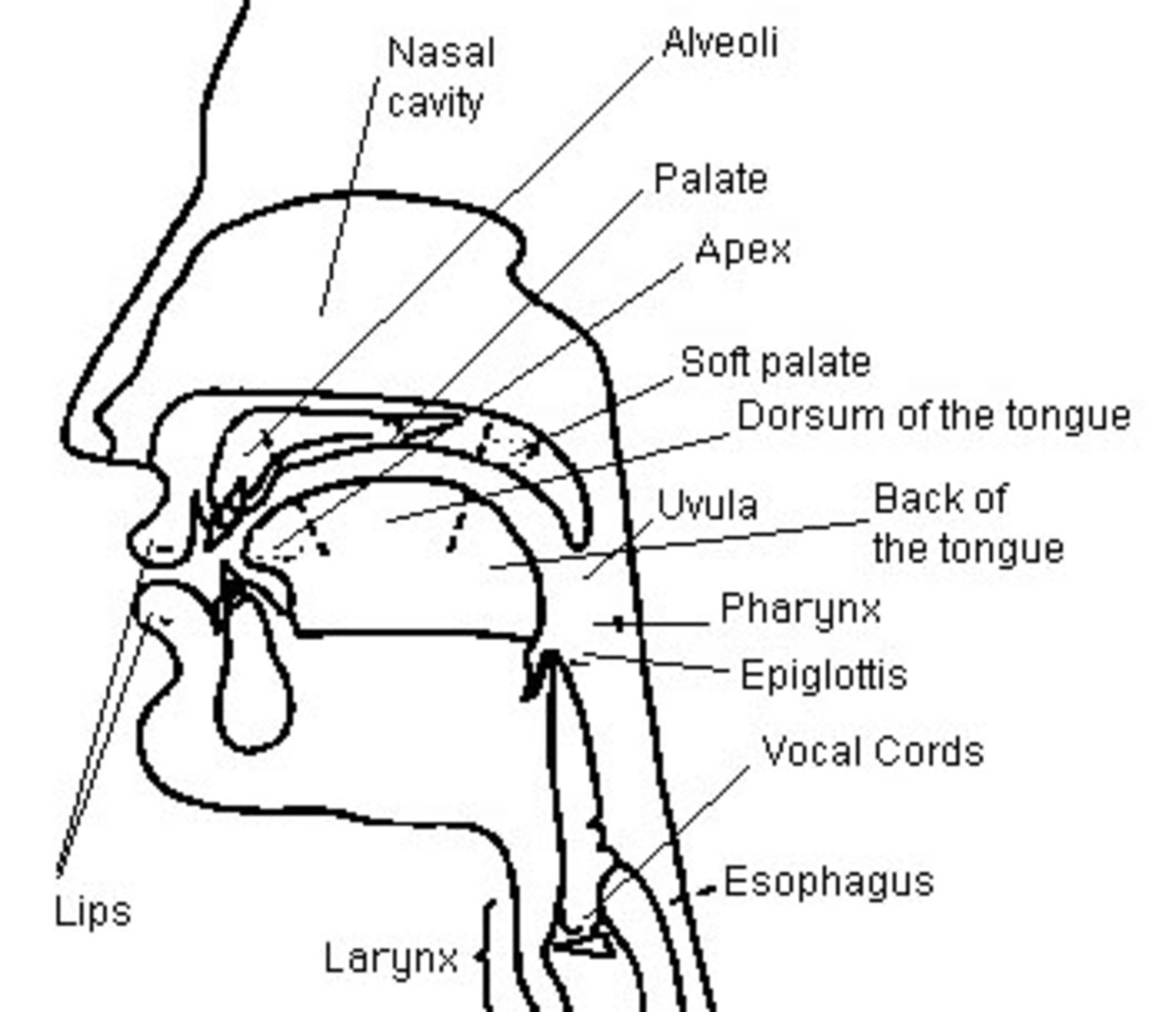Language teaching problems
Introduction
Working for a long time in educational institutions the author of this article has got the impression that the methods and procedures followed in a large number of schools for teaching english as a second language is not achieving the expected outcomes. In schools where the number of learners exceeds the optimum numbers, the instructors themselves have to play the role of inventing teachers who , facing the real situations, are in a position to explore in themselves the feasable working strategies for making their language teaching program a success.The present article is an attempt to find a satisfactory solution of language teaching problems.
The Beginning
Looking far back to see how a child learns his first language will help us much to do something for a betterment of our second language teaching programs. As a child grows up in a social environment he gets himself enriched with lots of experiences of learning.He learns movement, he learns sounds, he learns sights,he learns comparing,he learns forming ideas from simple to complex,he learns expressions and before he begins schooling he has already learnt a good number of things. At this stage he can speak well and our schooling begins to condition him with new ideas and tools so that he becomes competent to play his role well as a worthful member of the society.There are individual differences in the preparednesses of the children and this depend on the total environment in which a child grows up.
Examfitness and Reality
In schools the learners are made examfit by themselves as well as by their teachers and very few of them proceed to learn to enjoy the art of language and expression. In making them examfit they hardly come in touch with the spirit of a language and as the load of learning continues to grow heavier it becomes more impossible for them to know what beauties they are missing.
Learners learn to fear exams. If we give them no 'fail' grading at all and assure them that they will get a minimum 'pass' grade for whatever they perform, they will change their attitude to language learning activities and their improved activities will ensure them a good grade and they will then be endeavouring for a betterment in their performances.
Ideas and Communications
For a learner formation of ideas is very important and a person can express only if he has some ideas in his mind. A vacant mind has nothing to communicate. Ideas are formed from observations and experiences and so exposure to various types of experiences and observations play a vital role in creating communicating abilities in learners. So it is the responsibility of those who come to teach to create and present situations wherein the learners will get new and fresh experiences and ideas. Creating and presenting situations is a very sensitive job and the teachers here must be alert in all respects and he must have the ability to read and observe the young learners' developing minds. These young learners,with their minds abounding with ideas, will always be in an urge to communicate and this communication will further boost up their linguistic ability.
Insufficiency of test variations
Test variation may play a vital role in developing the language efficiency of a learner. In our present system students in a class take an identical test and they are prone to simplify their labours by asking their fellow examinees. if there were sufficient variations in the test of a class, every individual learner would find himself busy doing his own work. Such a test would demand more motivation and concentration of the learners. In fact, lack of variations makes the test a dull one. For years we have been continuing it.
Restrictions in freedom
Learners do not enjoy sufficient freedom in their communication attempt. Even in their learning stage we expect definite answers from them and thus curb their freedom of choice in their language presentations. If tests were so designed that learners could shape and express their own thoughts and ideas, the outcomes would be satisfactorily different.
Problems and solutions
It is the instuctors' responsibility to point out to themselves the natures and causes of problems and with their insights and creativity they can formulate their own ways out. No hard and fast rule should be suggested here, as observations and prompt actions of varying nature on the part of the insructors has a lot to do for improving the situations in language teaching classes.








